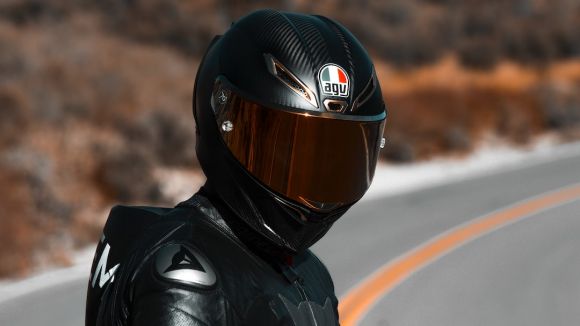Motorcycles are a popular mode of transportation, offering riders a sense of freedom and exhilaration on the open road. However, it is crucial for riders to understand the legal requirements for motorcycle equipment to ensure their safety and the safety of others on the road. This article will discuss the essential motorcycle equipment that is required by law, helping riders stay compliant and protected.
Helmet: The Ultimate Lifesaver
When it comes to motorcycle safety, wearing a helmet is non-negotiable. In many countries, wearing a helmet is mandatory for all riders and passengers. Not only does a helmet protect the rider’s head in the event of an accident, but it also reduces the risk of severe brain injuries. It is important to note that the helmet should meet the safety standards specified by the respective country’s transportation authority.
Eye Protection: Shielding Your Vision
While not all countries require riders to wear eye protection, it is highly recommended. Eye protection, such as goggles or a face shield attached to the helmet, safeguards the rider’s eyes from wind, debris, and bugs. Clear vision is crucial for safe riding, and eye protection ensures that the rider’s vision remains unobstructed.
Reflectors and Reflective Tape: Being Visible on the Road
Visibility is a key aspect of motorcycle safety. Reflectors and reflective tape help other motorists spot motorcycles on the road, especially during low-light conditions. Motorcycles are smaller and more easily concealed compared to other vehicles, making it essential to have reflective elements on the motorcycle. Reflectors on the front, rear, and sides of the motorcycle, as well as reflective tape on the wheels, are usually required by law.
Turn Signals and Brake Lights: Signaling Your Intentions
Motorcycles, like any other vehicle, must have functioning turn signals and brake lights. These lights communicate the rider’s intentions to other motorists, reducing the risk of accidents caused by sudden maneuvers. Keeping these lights in good working order is not only required by law but also crucial for the safety of the rider and others on the road.
Horn: Sounding off for Safety
A working horn is essential for motorcycles as it helps alert other motorists of the rider’s presence. Whether it’s to warn of an impending maneuver or to grab the attention of distracted drivers, a functioning horn serves as an additional safety measure. Riders should ensure that their horn is loud enough to be heard by other vehicles, especially in high-traffic areas.
Mirrors: Keeping an Eye on Surroundings
Motorcycles are more vulnerable to blind spots than larger vehicles. Therefore, it is vital to have properly adjusted mirrors that provide a clear view of the surroundings. Riders should make it a habit to check their mirrors frequently to be aware of the traffic behind and beside them. Having functional mirrors is not only a legal requirement but also a crucial aspect of defensive riding.
Conclusion: Safety First
Motorcycle equipment required by law is designed to prioritize rider safety. Wearing a helmet, having eye protection, and using reflective elements are essential for visibility and reducing the risk of accidents. Functioning turn signals, brake lights, horn, and mirrors are crucial for effective communication and situational awareness on the road. By ensuring compliance with these legal requirements, riders can enjoy the thrill of motorcycling while prioritizing safety for themselves and others. Remember, safety should always be the top priority when riding a motorcycle.
